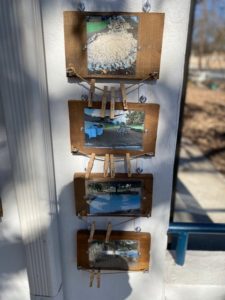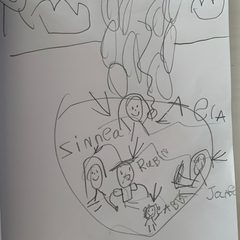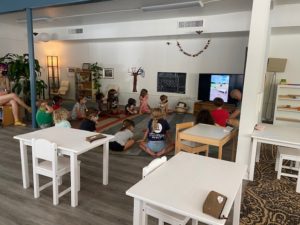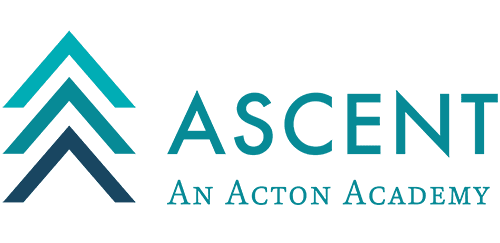Spark Insight Journal – Spark Play Flow -Page 7- Part 2
Diving into the Spark Play further in this journal entry, we introduce you to the tail end of Spark Play, when everything comes together.
- Clean Up- The children are notified with a bell five minutes prior to clean-up to signal them that they have 5 more minutes of playtime. The second bell then helps them get into the cleaning mode. The children, at the beginning of each week, have designated areas that they are in charge of. During the process, the guides play the freeze game, throwing in a “freeze” as they are cleaning up to make clean-up fun. Once the areas are clean and ready; they wash their hands and go into the studio.
- Play Stories- In the studio, the children find their play journals and bring their outdoor experiences on paper. They illustrate and use words to share their experiences from the outside onto paper. They also draw emotions on faces – like a smile, frown, pointing down eyebrows (for anger). This “journaling” works allows the learners to practice communicating their thoughts and feelings on paper.
- Reflection Circle- This is the last part of their Spark Play experience and brings everything together. Led Socratically, the questions posed help them narrate their play stories and expand on their experiences and is also the only time in their day when technology is used. Their play journals and photos/videos of their Play activities taken outside are screen-shared on the television as the basis of reflection. Aside from building vocabulary and narration/storytelling skills, they also learn to share their biggest feelings and ideas and solutions to their experiences outdoors.
In addition to complimenting our Montessori environment, Spark Play prepares our learners for the next stage of our learners’ journey in the Discovery Studio.
The Spark Play learning design involves communication development through reflection. Looking ahead to Discovery for a moment, our aim through our Writers’ Workshops is for learners to see themselves as writers and to be confident getting their thoughts on paper. The precursor to this stage is for learners to develop the confidence to simply get their thoughts out and be confident in their communication. This practice is built into the Spark Play model, as guides take photos and videos of the children at play, to be reflected upon after clean-up to end the day together. Play-stories and play-reflections, and sometimes play-plans created with drawings and writing help the learners begin to piece together the sequence of their choices, supporting their communication development.






